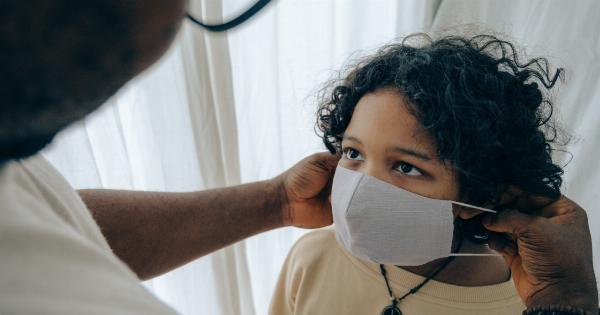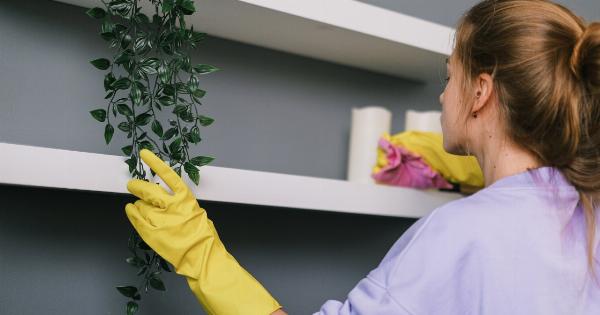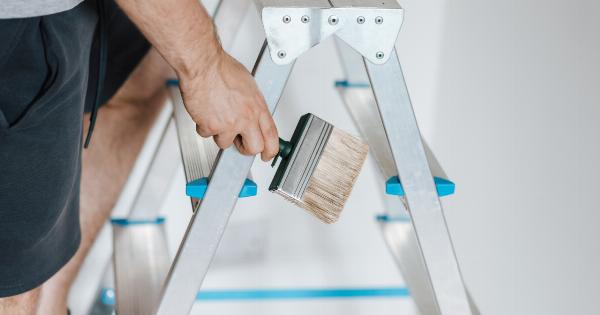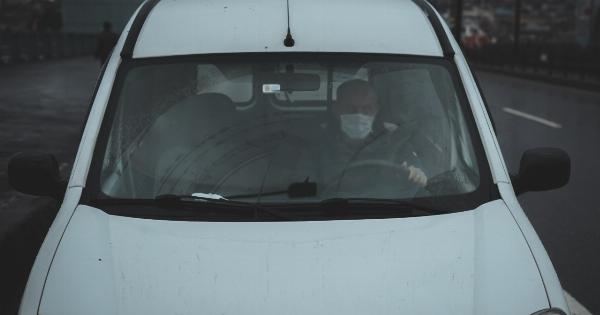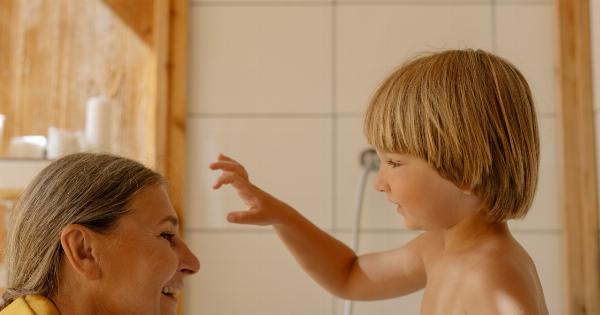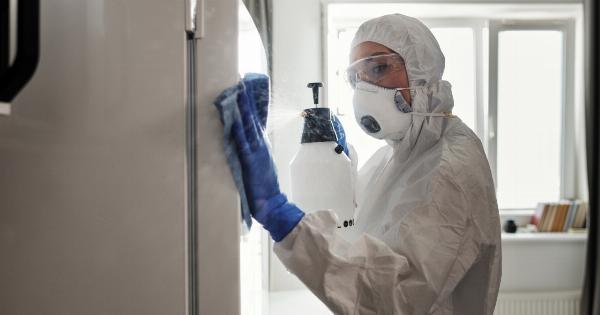Kindergarten is a place where children spend a significant amount of time in close proximity to each other. This makes it a breeding ground for germs and infectious diseases.
In order to protect the health of the children and prevent the spread of germs, it is crucial to implement certain preventive measures. This article will discuss ten effective measures that can be taken to prevent the spread of germs in kindergarten.
1. Regular handwashing
One of the most effective measures to prevent the spread of germs in kindergarten is to encourage regular handwashing among children and staff members.
Handwashing should be practiced before meals, after using the toilet, after outdoor play, and whenever hands are visibly dirty. Teaching children the correct handwashing technique, including the use of soap and water for at least 20 seconds, is crucial.
2. Availability of hand sanitizers
In addition to handwashing, having hand sanitizers readily available in the kindergarten can be highly effective in preventing the spread of germs.
Hand sanitizers should contain at least 60% alcohol and should be used when soap and water are not available. Staff members should also ensure that children are using hand sanitizers properly and under supervision.
3. Sanitizing toys and surfaces
Toys and surfaces in the kindergarten should be regularly sanitized to kill germs and reduce the risk of infections. This includes tabletops, doorknobs, light switches, and any other commonly touched surfaces.
All toys should be cleaned and disinfected regularly according to the manufacturer’s instructions.
4. Proper respiratory etiquette
Teaching children proper respiratory etiquette is essential in preventing the spread of germs. Children should be educated to cover their mouth and nose with a tissue or their elbow when sneezing or coughing.
They should also be encouraged to dispose of used tissues properly and wash their hands afterwards.
5. Enhancing ventilation
The ventilation system in the kindergarten should be optimized to improve air quality and reduce the concentration of airborne germs. Proper ventilation helps to circulate fresh air and remove potentially contaminated air.
Windows should be opened whenever possible, and the HVAC system should be regularly maintained and inspected.
6. Establishing sick policies
Having clear sick policies in place is crucial to prevent the spread of germs in kindergarten. Parents should be informed about the importance of keeping sick children at home.
Kindergarten staff should also be trained to recognize the symptoms of common illnesses and enforce the sick policies strictly.
7. Regular health check-ups
Regular health check-ups should be conducted for all children and staff in the kindergarten.
Not only does this help identify any potential health issues, but it also ensures that contagious individuals are detected and appropriate measures can be taken to prevent the spread of germs. Vaccinations should also be up-to-date for both staff members and children.
8. Educating children about personal hygiene
Children should be educated about personal hygiene practices to empower them to make healthy choices.
This includes teaching them about the importance of handwashing, proper use of tissues, and avoiding the sharing of personal items like water bottles or food. Interactive activities and games can be used to make learning about hygiene fun and engaging.
9. Adequate cleaning protocols
Establishing proper cleaning protocols is essential to maintain a clean and hygienic environment in the kindergarten. Surfaces, floors, and restrooms should be cleaned with appropriate disinfectants regularly.
Cleaning materials and equipment should be stored properly and used exclusively for cleaning purposes to avoid cross-contamination.
10. Collaboration with parents
Lastly, fostering a strong collaboration with parents is important in preventing the spread of germs in kindergarten.
Parents should be regularly updated about the preventive measures being taken, educated about the importance of hygiene practices, and encouraged to communicate any health concerns or illnesses their child may have. This collaborative effort helps create a healthier and safer environment for all children.
Conclusion
Preventing the spread of germs in kindergarten is essential to protect the health and well-being of children.
By implementing measures like regular handwashing, availability of hand sanitizers, proper sanitization of toys and surfaces, and promoting good respiratory etiquette, we can significantly reduce the risk of infections. Additionally, optimizing ventilation, establishing sick policies, and educating children about personal hygiene further contribute to preventing the spread of germs.
Regular health check-ups, adequate cleaning protocols, and collaboration with parents also play vital roles in creating a healthy and safe environment. By implementing these ten measures, kindergartens can become spaces where children thrive while also minimizing the spread of germs and illnesses.









